Discover 6 hidden attractions, cool sights, and unusual things to do in Cividate Camuno (Italy). Don't miss out on these must-see attractions: Sanctuary of Minerva, Museo nazionale della Valcamonica, and Chiesa Vecchia di Sant'Andrea. Also, be sure to include Chiesa di Santa Maria al Ponte in your itinerary.
Below, you can find the list of the most amazing places you should visit in Cividate Camuno (Lombardy).
Table of Contents
Sanctuary of Minerva
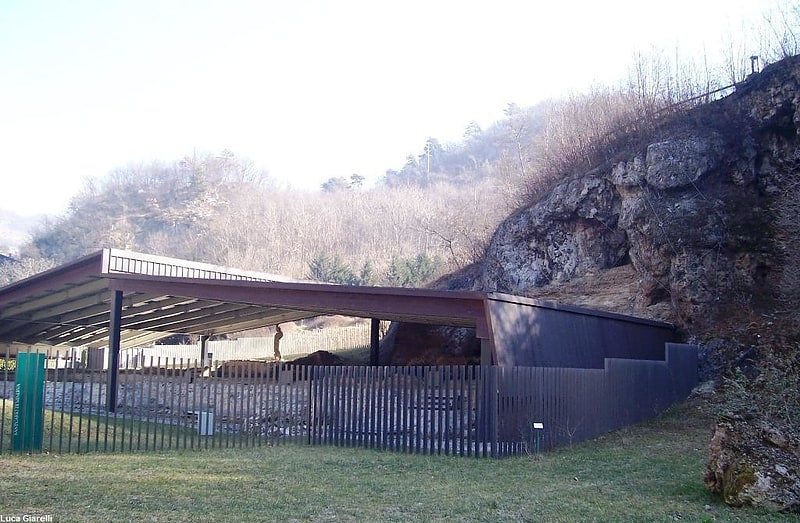
Also known as: Santuario di Minerva
Temple in Italy. The Sanctuary of Minerva is a temple of the Roman era, situated at Breno, in locality Spinera. It rises to a rocky outcrop on the banks of the river Oglio, faced with a natural cave within which flowed a spring.[1]
Museo nazionale della Valcamonica
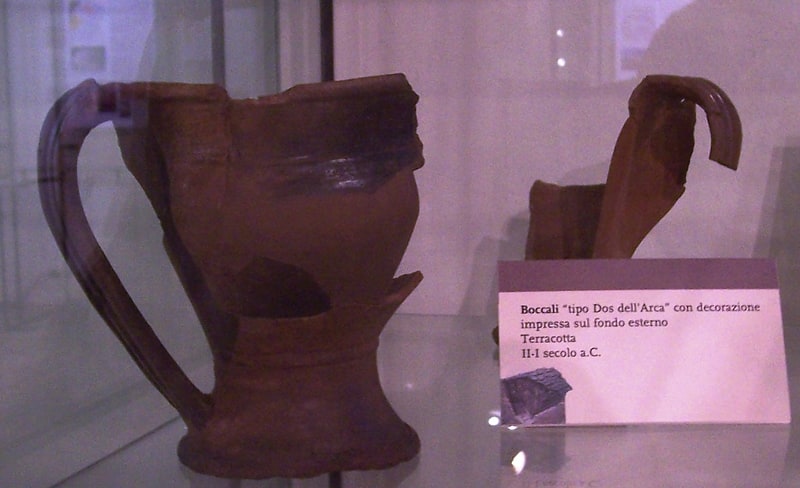
Also known as: Museo archeologico nazionale della Valle Camonica
Museum in Cividate Camuno, Italy. The Museo nazionale della Valcamonica is an archaeological museum located in the town of Cividate Camuno, which has a collection of Roman-period finds from various excavations which took place mostly in the 17th century in Val Camonica.[2]
Chiesa Vecchia di Sant'Andrea

The church of St. Andrew Vecchia is located in the municipality of Malegno in Valle Camonica, province of Brescia; the adjective "old" comes from the fact that there is another place of worship in the village dedicated to St. Andrew the Apostle, dating back to the seventeenth century, and called precisely "New."
Chiesa di Santa Maria al Ponte
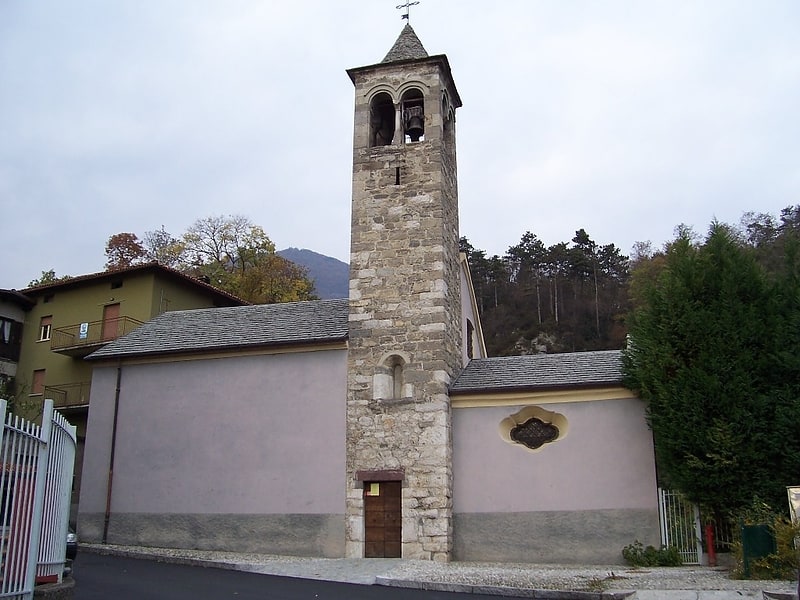
The church of Santa Maria al Ponte or Ospedale is located in the territory of the municipality of Malegno in Valle Camonica, province of Brescia.
The small structure stands on a bend in the Oglio River, in the vicinity of the ancient bridge that connected the territories of Cividate Camuno and Malegno.
A slender bell tower with heavily splayed single-lancet windows is visible at the building.
The origins of the church are linked to the ancient hospice - xenodochio (hence the name hospital) administered by the parish of Cividate, already attested in the year 1000 and under the administration of the order of the Umiliati.
The mid-13th century saw the erection of the present church, on the former chapel dedicated to the Epiphany and the Magi, protectors of wayfarers.
The exterior structure was again remodeled in the 17th century. Inside are frescoes from the 14th and 15th centuries, brought to light by recent restorations.
Report on the entrance such inscriptions:
St. Stephen Church
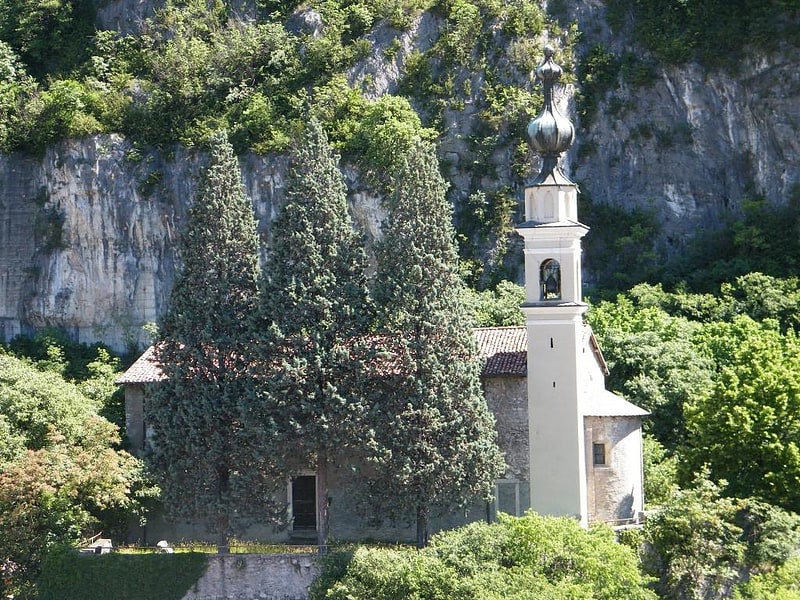
Also known as: Chiesa di Santo Stefano
The church of St. Stephen is located in the territory of the municipality of Cividate Camuno, Valle Camonica, province of Brescia.
Assumption of the Blessed Virgin Mary Church
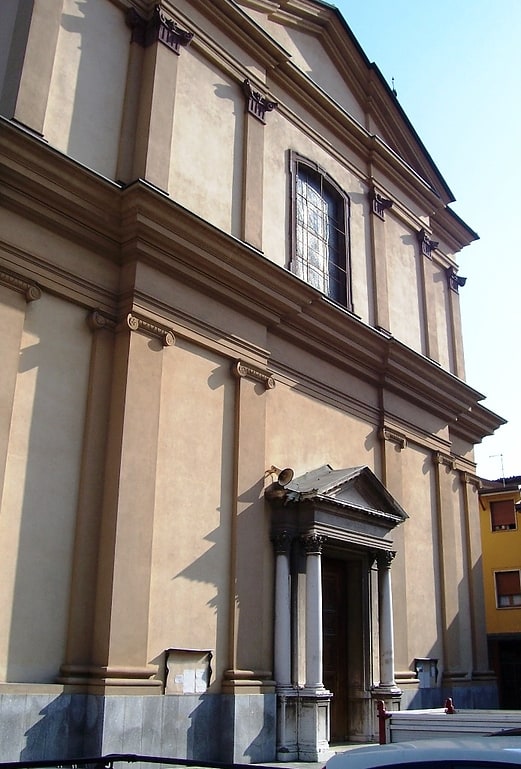
Also known as: Chiesa di Santa Maria Assunta
The church of Santa Maria Assunta stands in Cividate Camuno, Valcamonica.
It is among the oldest churches reported in historical documents about the Camonica Valley. Don Alessandro Sina believes that the church was one of the first to be built in the area as early as the end of the Roman period, when Cividate Camuno was still the administrative center of the area.
Excavations in 1949 revealed a three-base structure dating to the pre-Longobard period (pre-7th century). This building was demolished in the early 11th century to make way for the new Romanesque-style structure.
The institution of parish came into crisis beginning in the 11th century, with the establishment of parishes.
In 1780 the main portal was built. Inside are preserved frescoes by Antonio Guadagnini.